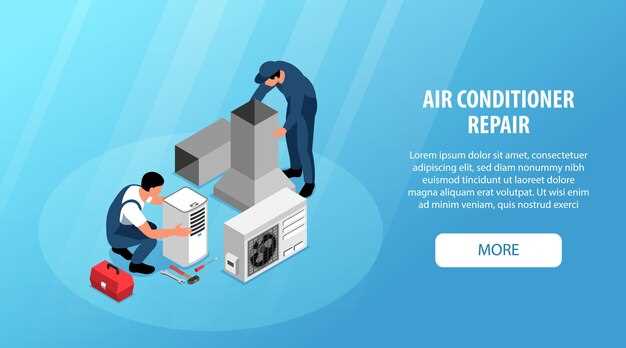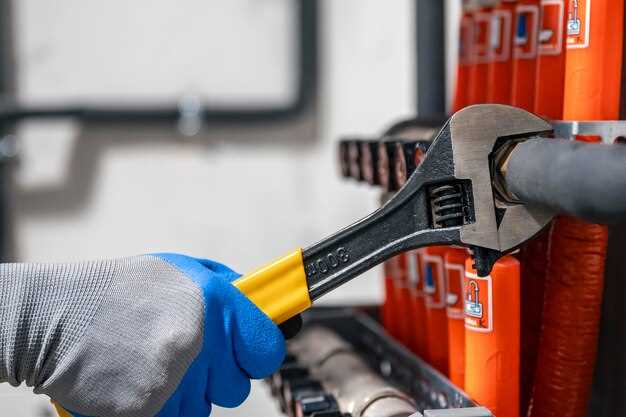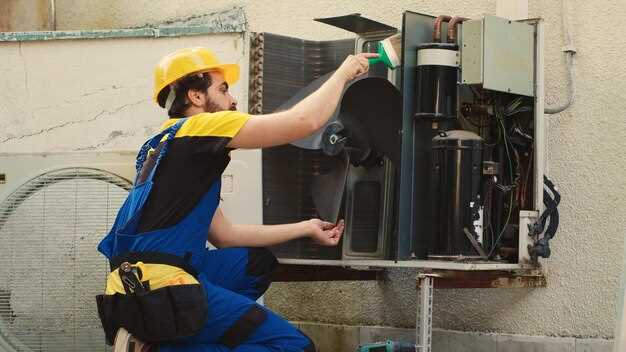Cooling system maintenance tips

Maintaining an efficient cooling system is crucial for the longevity and performance of any vehicle. One of the key components of this system is the radiator, which plays a vital role in regulating engine temperature. A well-maintained radiator ensures that your vehicle operates optimally, preventing overheating and potential damage to the engine.
Effective cooling system maintenance goes beyond just checking the radiator. It involves a comprehensive approach that includes regular inspections, fluid checks, and timely repairs. By taking proactive measures, you can enhance the overall efficiency of your cooling system and avoid costly breakdowns.
This article aims to provide practical tips and insights on how to keep your cooling system, particularly the radiator, in top condition. Whether you’re a seasoned mechanic or a car owner looking to improve your knowledge, these recommendations will help you ensure your vehicle runs smoothly and efficiently.
How to Check and Maintain Your Coolant Levels
Maintaining the proper coolant levels is crucial for the effective operation of your vehicle’s cooling system. To check your coolant levels, start by ensuring your engine is cool. Opening the radiator cap while the engine is hot can lead to serious burns from hot steam or coolant.
Locate the radiator cap, usually found at the top of the radiator. Carefully twist the cap to release any built-up pressure and remove it completely. Check the coolant level in the radiator; it should be filled to the top. If the radiator appears low, you need to add coolant. It’s also important to check the overflow reservoir, which is a separate tank typically located near the radiator.
If the coolant in either the radiator or the overflow tank is low, add a mixture of antifreeze and distilled water according to the vehicle manufacturer’s specifications. This ensures optimal performance and protects against corrosion. Avoid using tap water, as it can introduce impurities that harm the cooling system.
Inspect for leaks around the radiator, hoses, and connections. Pay attention to signs of a leak such as puddles under the vehicle or a sweet odor, which indicates coolant. If you notice any leaks, it’s essential to address them promptly to avoid overheating.
Regularly checking your coolant levels should be part of your routine vehicle maintenance. Aim to inspect your coolant at least once every few months, or more frequently if you notice any issues. Keeping coolant at appropriate levels not only enhances engine performance but also prolongs the life of your vehicle’s components.
Signs of a Failing Radiator and How to Address Them

A well-functioning radiator is crucial for maintaining optimal engine temperature. When it begins to fail, several signs may indicate that immediate attention is needed. Recognizing these signs early can help prevent more extensive damage to the engine.
One of the most obvious indicators of radiator trouble is overheating. If the temperature gauge on your dashboard frequently creeps into the red zone, this could mean that the radiator is not effectively dissipating heat. Additionally, check for coolant leaks underneath the vehicle. Puddles of bright green, orange, or pink fluid are clear signs that the radiator is compromised and may need repair or replacement.
Another sign of a failing radiator is the presence of rust or corrosion. Inspect the radiator for any visible spots of rust, which signify degradation. A clogged radiator can also cause overheating issues. If you notice diminishing air flow through the grille or if the engine shows signs of strain, the cooling system may not be circulating coolant properly.
To address these issues, first ensure that the coolant level is adequate. Low coolant levels can exacerbate overheating problems. If coolant is low, refill it with the appropriate mixture specified for your vehicle. If leaks persist, it may be necessary to locate and repair the source of the leak, which could involve replacing hoses or the radiator itself.
If rust or corrosion is apparent, cleaning the radiator with a suitable rust remover can help, but extensive damage may warrant a full replacement. For clogs, a professional radiator flush is recommended to clear obstructed passages and restore proper flow of coolant.
Regular inspections and maintenance are vital for the radiator’s longevity. Check for leaks, inspect the condition of the hoses, and ensure that the coolant is clean and at the correct level. By proactively addressing signs of radiator failure, you can maintain an efficient cooling system and protect your engine from unnecessary strain.
Best Practices for Flushing and Replacing Coolant

Maintaining your vehicle’s cooling system is essential for preventing overheating and ensuring optimal performance. One of the key components of this maintenance is regularly flushing and replacing the coolant. Here are some best practices to follow:
1. Know Your Coolant Type: Always use the recommended coolant type specified in your vehicle’s owner manual. Different cars require specific formulations, and using the wrong coolant can lead to issues such as corrosion or decreased efficiency.
2. Schedule Regular Intervals: Check the manufacturer’s guidelines for when to flush and replace coolant. Typically, this should be done every 30,000 to 50,000 miles, but this can vary based on the coolant type and driving conditions.
3. Prepare the Vehicle: Before starting the flushing process, ensure the engine is cool to avoid burns. Gather necessary tools including a radiator flush kit, a bucket for old coolant, and protective gear like gloves and goggles.
4. Drain Old Coolant: Locate the radiator drain valve and open it to let the old coolant flow into the bucket. Ensure all coolant is drained to maximize the effectiveness of the flush.
5. Use a Cooling System Flush: Apply a radiator flush product according to the manufacturer’s instructions. This helps to eliminate rust, scale, and other contaminants that may have built up in the system over time.
6. Rinse Thoroughly: After using the flush treatment, fill the system with clean water and run the engine to circulate the solution. This will help rinse away the cleaning agent and any remaining debris. Drain the system again until the rinse water runs clear.
7. Add New Coolant: Once the system is clean and drained, refill with the recommended coolant mixture. Pay attention to the correct ratio of coolant to water, typically 50/50, unless otherwise specified.
8. Check for Leaks: After replacing the coolant, run the engine and check for any leaks. Inspect hoses and the radiator for any signs of fluid escaping. Address any leaks immediately to prevent further issues.
9. Dispose of Old Coolant Properly: Never pour old coolant down the drain or onto the ground. Instead, take it to a recycling center or a mechanic who can dispose of it safely. Coolant can be hazardous and is harmful to the environment.
10. Monitor Coolant Levels: After the maintenance, keep an eye on the coolant level in the reservoir. Regularly check and top off as necessary to ensure your cooling system functions efficiently.
By adhering to these best practices for flushing and replacing coolant, you can help extend the life of your vehicle’s engine and maintain its performance.

